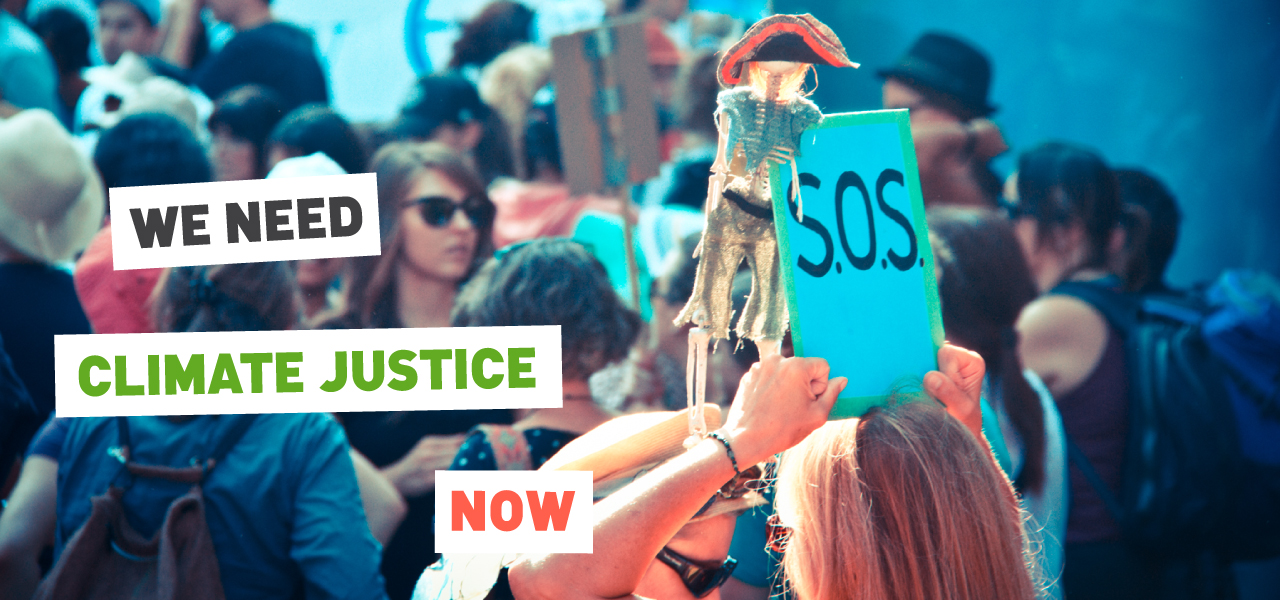From Paris to Vancouver: What happened at the First Ministers meeting on climate

Almost three months after the Paris Agreement was signed, Canada’s first ministers (the PM and premiers) met to launch a Canadian climate and energy strategy. Sort of.
That was what was promised at the time of the December Paris conference, but in the lead-up to this week’s meeting efforts to lower expectations were well underway. It is, of course, notable that the first ministers met at all, meetings for which previous PM Harper had no time. And it is the first such meeting specifically on climate change.
So how did our leaders do with the future of civilization on the line? Viewed one way, the meeting was a success, another step forward to the clean energy economy we know lies in our future. Viewed another, it was a failure, a punt on fourth down when we needed a touchdown. If you had high expectations for the meeting, you’ll find that Canada today actually looks a lot like Canada a year ago, albeit with a smile not a sneer.
Here are some of the key outcomes of the meeting and the resulting Vancouver Declaration:
No new targets. One of the key outcomes of the Paris Agreement is that countries have pledged emissions reduction targets that are not sufficient to meet the ambition of the agreement. That is, they put us on a path to a catastrophic 3 degree warmer world, not the longstanding 2 degree maximum, much less the stronger Paris goal of 1.5 degrees. Yet, Canada’s official GHG target is still the same as it was under PM Harper, a 30% reduction by 2030 below 2005 levels.
See you in six months. The first ministers did not come up with any early actions to announce, which is surprising given the low-hanging fruit after a decade of neglect under PM Harper. The Declaration creates four working groups to noodle over details, with ministers to make a decision in October. They are: clean technology, innovation and jobs; carbon pricing mechanisms; specific mitigation opportunities; and adaptation and climate resilience.
Keep an eye on the federal budget. The final communique highlights federal investments in green infrastructure, public transit and energy-efficient social infrastructure (building retrofits, perhaps?), which is consistent with promises made in the Liberal election platform. Heading to budget day the big question will be how large are those investments, and what they look like.
Would you like pipelines with that? The day before the first ministers meeting, the PM used his speech at the Globe conference to tell us we can have it all, “windmills and pipelines.” But if we take the Paris Agreement and its 1.5 degrees target seriously, the science tells us we need to keep most of the world’s fossil fuel reserves underground. In Canada, as a high cost producer, that could represent 90% of our proven reserves. This “all of the above” strategy also bumps up against the PM’s commitment to recognize indigenous rights and title, yet the communique only commits to “engage” First Nations.
No agreement on carbon pricing. Carbon pricing is viewed as central to any serious mitigation plan, both in terms of making it more expensive to pollute over time, but also as a revenue source to pay for all of this green infrastructure we’ve been promised, and that we will need to break our carbon habit. In spite of carbon pricing efforts in all the major provinces, the protests of Saskatchewan premier Brad Wall appear to have won the day. A working group specifically to discuss pan-Canadian carbon pricing “adapted to each province’s and territory’s specific circumstances” will have its work cut out for it.
Overall, this shows a key failure in the federal government’s strategy of coordinating provincial carbon pricing efforts, rather than embarking on its own national carbon pricing strategy. Carbon pricing is not as hard as some are making it out to be: we’ve had fuel taxes for decades, we just don’t call them carbon taxes. Even in BC, each of federal and provincial fuel taxes are larger than the famed carbon tax.
In post-meeting remarks, BC Premier Christy Clark made a bid for “revenue neutrality” of a carbon tax, based on the BC model. Yet, the idea that carbon pricing can only be achieved if accompanied by tax cuts is silly, and does not square with public opinion. Nor is it consistent with existing federal practice, which is to use fuel tax revenues to pay for infrastructure, much of it delegated to municipalities through the Build Canada Fund.
The key question moving forward is this: How fast can we get to a 100% renewable energy economy? In the days before the first ministers meeting, Mark Jacobson’s team from Stanford University showed what clean energy in Canada might look like: 58% wind, 22% solar, 16% hydro, 2% wave and 2% geothermal. CCPA has done a lot of research on these issues, and I offered up a 12 point plan for getting serious about climate action. There are lots of great case studies in Canada to draw on, and we should go and steal the best ideas from around the world.
There is a lot of work that needs to be done to make this energy transition happen, so let’s make a national project of it. To unlock those jobs we need to get the fiscal side right, which in my mind comes back to a national carbon tax, with proceeds going to fund a transfer to low- to middle-income households on the one hand, and investments in green infrastructure on the other.
This is not a technical problem, it’s a political problem. But the times are changing, so let’s get on with building a fairer and sustainable society.
Topics: Climate change & energy policy, Economy, Environment, resources & sustainability


